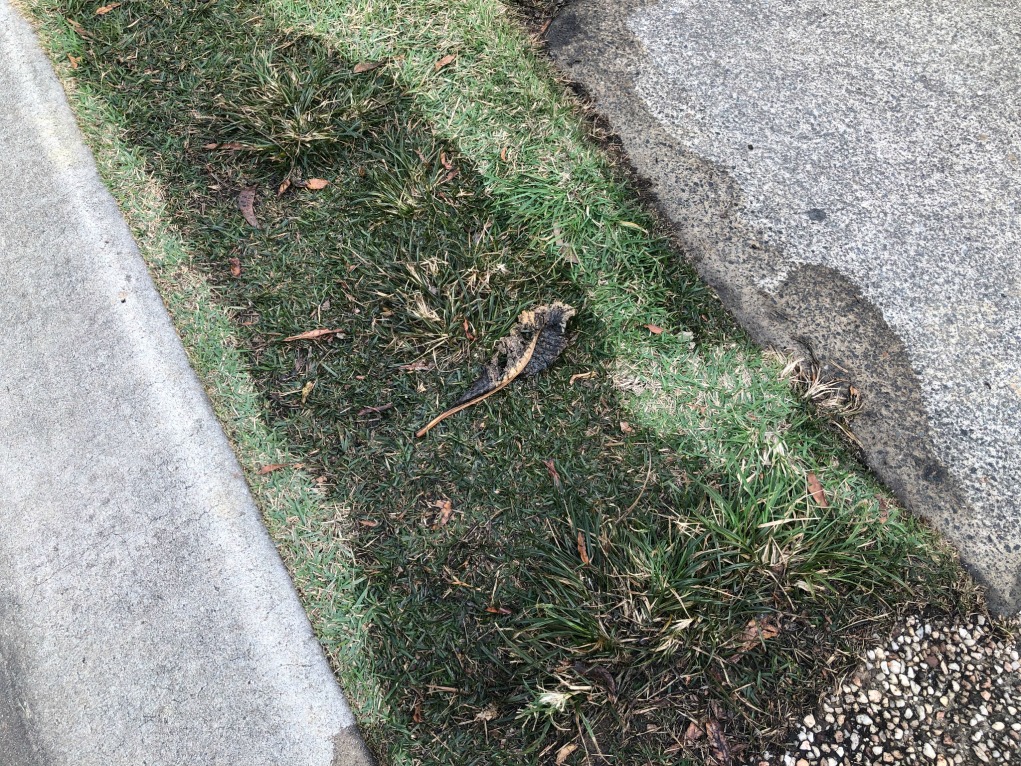Overview To Water Leakage Detection At Home
Overview To Water Leakage Detection At Home
Blog Article
They are making a number of good pointers relating to Leaking water lines as a whole in this great article in the next paragraphs.

Early detection of leaking water lines can reduce a prospective disaster. Some small water leaks might not be noticeable.
1. Take A Look At the Water Meter
Every home has a water meter. Checking it is a guaranteed manner in which assists you find leakages. For starters, shut off all the water resources. Ensure nobody will certainly flush, utilize the tap, shower, run the washing machine or dishwasher. From there, go to the meter and also watch if it will certainly change. Considering that no person is utilizing it, there need to be no movements. If it moves, that shows a fast-moving leak. If you discover no modifications, wait a hr or two as well as inspect back again. This suggests you might have a sluggish leakage that can even be below ground.
2. Check Water Consumption
Evaluate your water expenses and track your water intake. As the one paying it, you need to observe if there are any discrepancies. If you spot sudden changes, despite your intake being the same, it implies that you have leaks in your plumbing system. Remember, your water costs must drop under the very same variety on a monthly basis. An abrupt spike in your costs shows a fast-moving leak.
At the same time, a constant increase every month, despite the exact same behaviors, shows you have a slow-moving leakage that's also gradually rising. Call a plumber to thoroughly check your building, specifically if you feel a cozy location on your floor with piping beneath.
3. Do a Food Coloring Examination
When it comes to water usage, 30% comes from toilets. If the shade in some way infiltrates your bowl during that time without flushing, there's a leak between the storage tank as well as dish.
4. Asses Outside Lines
Do not neglect to inspect your outdoor water lines too. Needs to water permeate out of the link, you have a loose rubber gasket. One small leak can waste tons of water and spike your water expense.
5. Assess the scenario as well as check
Home owners need to make it a behavior to check under the sink counters as well as also inside closets for any kind of bad odor or mold growth. These two red flags indicate a leakage so punctual interest is required. Doing routine assessments, even bi-annually, can save you from a major problem.
More notably, if you understand your residence is already old, keep a watchful eye on your heating systems, hoses, pipelines and so on. Look for stainings and deteriorating as many pipelines and also devices have a life expectancy. They will additionally normally wear away because of wear and tear. If you presume dripping water lines in your plumbing system, don't wait for it to intensify. Call a specialist plumber right away so you don't wind up with a horrible mess in your home.
Early discovery of leaking water lines can alleviate a potential calamity. Some tiny water leakages may not be visible. Examining it is a proven way that assists you find leakages. One tiny leakage can waste bunches of water and surge your water bill.
If you believe dripping water lines in your plumbing system, do not wait for it to rise.
Tips for Detecting Hidden Plumbing Leaks
Check for Signs of Water Damage
We recommend that you check the following places for evidence of water damage:
Near where you store your water heater
Around your sump pump
In areas where pipes are visible
Underneath cabinetry or a vanity beneath a sink
Where your outside hose bib isIf water damage is present, you may also notice mold and/or mildew or smell a foul or musky odor. You might also be able to hear the sound of water running where it shouldn’t be.
Perform a Water Meter Test
One of the easiest ways to determine whether you have a hidden leak on your property is to test your water meter. Turn off all appliances in that use water and make sure you don’t have any faucets running. Locate your water meter and record the reading on it. Continue to leave everything off for a minimum of two hours and then go back and see the meter reading. If it’s a noticeable difference, chances are you have a hidden plumbing leak.
Monitor Your Outside Usage
As the seasons change, you might use more water to keep your yard lush and green and your flowers blooming. However, it’s important to routinely ensure that your sprinkler or irrigation system is working properly and that any outside faucets are completely off. This way you’re not wasting any water.
Do the Toilet Food Coloring Test
Are you kept up at night because your toilet continues to run? If you’ve noticed your toilet randomly refills, especially when it’s not in use, it could mean you have a defective flapper tank and water will leak into the bowl. Fortunately, there’s an easy (and kind of fun!) way to test whether you’re dealing with this issue. Grab some food coloring and add a few drops into your toilet’s tank. Wait 15 minutes and then check to see whether the water in the bowl is colored. If it is, you have a leak within your toilet and the internal assembly will need to be repaired or replaced.
https://www.carterservices.com/blog/2020/february/tips-for-detecting-hidden-plumbing-leaks/

I am just very fascinated with Hacks to detect leaks and I really hope you liked the new entry. Loved our blog posting? Please share it. Help another person locate it. We cherish reading our article about Top leak detection hacks.
Report this page